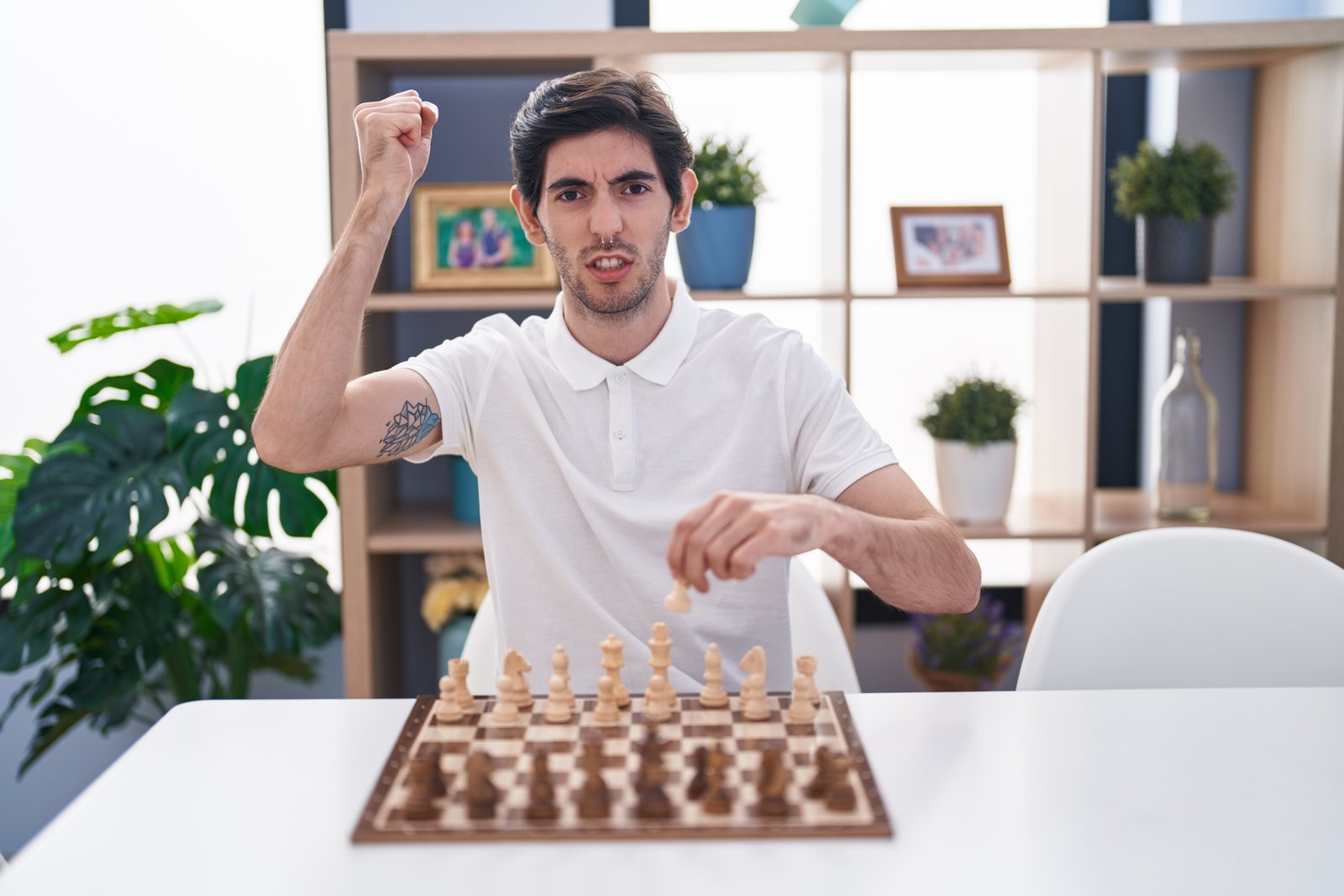
Chess has never been a game of strategy, patience, and foresight, where each move counts. For students today, even those searching for the best chess online course, the question always remains the same: how to get the best move in a position and how to avoid any wrong ones. The game is not a matter of random moves but rather a matter of pattern recognition, risk evaluation, and conditioning one's mind to think harder. Consistency comes from learning to balance calculation with intuition, understanding when to trust knowledge and when to trust the board itself.
Most beginners believe that the strongest move in chess is one that appears most aggressive. The truth is, the strongest move is frequently subtle, quiet, and preparatory. A pawn advance which gains space or a retreat defending can at times be much stronger than a direct attack. The test is to train the eye to see strength in more than what meets the eye and resist the urge to pursue immediate gratification.
Patience is frequently undervalued in chess, but it is among the traits that distinguish proficient players from amateur students. The optimal move does not always come easily; it comes after waiting to assess threats, counterplay, and distant goals. Hurrying always results in missing tactics or falling into well-laid traps by the opponent. Those who develop patience slowly acquire the discipline to find deeper resources within the position and prevent the normal errors of thoughtless play.
Making the correct move often depends on accurate calculation. This involves seeing ahead several moves and envisioning the board position after every set of moves. Calculation is not speculation but a rational elimination process. Viewing moves step by step helps one check whether an idea holds or falls apart under stress. Calculation exercises build up accuracy, minimize errors, and prevent deviation from the right path even when the board appears complex.
Chess patterns are a hidden language that leads players to optimal decisions. With time, it is possible to learn typical tactics like forks, pins, or skewers, and these immediately show opportunities on the board. Positional patterns like knight outposts or weak points near the king serve as signals that affect choice. Pattern recognition conserves time, builds confidence, and guarantees decisions are made based on established wisdom and not guesswork.
Although calculation and analysis are essential, intuition also has a tremendous amount to do with it. Skilled players tend to feel the correct move without computing each line in full detail. It is not magic but rather the effect of numerous games and years of experience. Intuition is built up by familiarity with innumerable positions and understanding which moves tend to work under particular circumstances. Relying on intuition, however, is not a matter of discarding logic—it is a matter of combining instinct and patient thought.
Another mistake many players have in common is focusing only on their moves without considering what the opponent is pursuing. In an attempt to decide on the best move, one should also ask: What does my opponent threaten me with? By looking at the situation from the opponent's perspective, a player may avoid stepping into a trap. Opponent-like thinking will typically indicate risks early and force stronger defensive and counterattacking responses, establishing the position and keeping it in balance.
Nobody ever fully avoids mistakes, but the greatest difference lies in learning from them. Reviewing games, especially losses, shows exactly where the wrong move was chosen and why. Self-study of this nature produces awareness and ultimately does away with recurrent errors. Instead of getting discouraged, errors should be perceived as mentors that direct to enhancement. Every error worked out with practice and self-study makes the next correct move that much easier to find.
Deciding upon the best move is not always about tactics, but also strategy. A move that is not short-term profitable may still be best if it improves the position in general. Examples are gaining control of the center, developing pieces to active squares, or defending the king. Strategy thinking ensures moves are part of a notion higher than random reaction. Staying away from incorrect moves quite often depends on each decision aligning with the overall strategy.
Analysis of games played by grandmasters is one of the best methods of learning how great moves are discovered. The games exhibit profound calculation, innovative ideas, and impeccable implementation. Watching how the best players approach similar situations conditions the mind to perceive possibilities that would otherwise not naturally materialize. Eventually, this practice makes awareness sharper and minimizes the likelihood of falling into repeated wrong moves that weaker players usually make.
Chess lives on creativity, yet irresponsible creativity tends to result in error. Sometimes the best move is a creative sacrifice, but only one that is solid. There has to be a balance of imaginative concepts and checks for safety, so that a masterful idea does not fall through after several moves. This balance is the key to discovering greatness and being practical, and the game is therefore both artistic and dependable.
Self-assurance, when based on experience and not on conceit, is a virtue. The assured player trusts their ability, invests time in decisions, and has faith in their analysis. With each proper move executed and every blunder that has been overcome, such confidence increases further. The more one goes through the highs and lows of the game, the more it is possible to locate the best move with confidence without making rash errors.
In conclusion, the way to consistently find the best chess moves is not the way of shortcuts but the cultivation of habits of patience, calculation, awareness, and discipline. By daily practice, mistakes are learned from, and the balance of logic with intuition, players achieve the ability to navigate through even the most intricate positions with ease. In the end, the best chess moves are not necessarily those that win pieces or deliver checks but are rather cautionary, measured decisions that shape the entire context of the game.